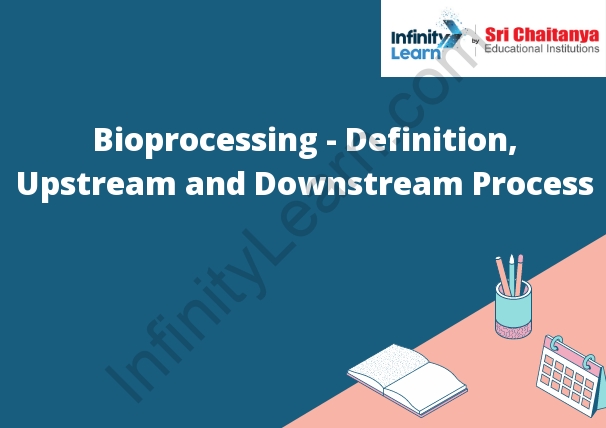Table of Contents
Definition of Bioprocessing;
Bioprocessing is the use of biotechnology to convert raw materials into products that are useful to humans. The products can be used for a variety of purposes, including the production of food, medicines, and fuels.

Upstream and Downstream Process in Bioprocess
Upstream process in bioprocessing is the process of taking the raw materials and converting them into a form that can be used in the bioprocess. This is typically done by breaking down the raw materials into smaller pieces that can be used by the microorganisms.
Downstream process in bioprocessing is the process of taking the product of the bioprocess and converting it into a form that can be used by the manufacturer. This is typically done by purifying the product and removing any impurities.
Upstream Bioprocessing
Upstream bioprocessing is the process of converting raw materials into a form that can be used in a biologic manufacturing process. This may include harvesting and purifying natural products, culturing cells or producing recombinant proteins. The goal of upstream bioprocessing is to produce a high-quality starting material for the downstream process.
Downstream Bioprocessing
Downstream bioprocessing is the term used to describe the steps that occur after the initial steps of bioprocessing, which involve the production of a biologic agent. These downstream steps may include purification, formulation, and storage of the agent.
Insolubles Are Removed
Insoluble impurities are removed from a sample of material by adding it to a solvent. The insoluble impurities will sink to the bottom of the solvent while the rest of the material will dissolve. The solvent can then be poured off, leaving the insoluble impurities behind.
Product Isolation
Product isolation is a technique used in chemical engineering to purify a product from a mixture. The mixture is placed in a container and the product is extracted using a solvent. The solvent is then removed and the product is isolated.
Purification of Product
The purification of product is the removal of impurities from a product. This can be done through a variety of methods, including distillation, chromatography, and crystallization. The goal of purification is to produce a product that is pure and free of contaminants.
Polishing of the Product
After the product has been cut, it will be polished to remove any scratches or blemishes that may have occurred during the cutting process.
P&I Diagrams and Process Flow Diagrams (PFD)
P&I diagrams and PFDs are two types of process flow diagrams. P&I diagrams show the physical arrangement of equipment in a plant, while PFDs show the flow of material and energy through a plant.
Bioprocess Engineering MCQ
1. Which of the following is not an essential component of a bioreactor?
A. Medium
B. Seed culture
C. Stirrer
D. Biomass
C. Stirrer








